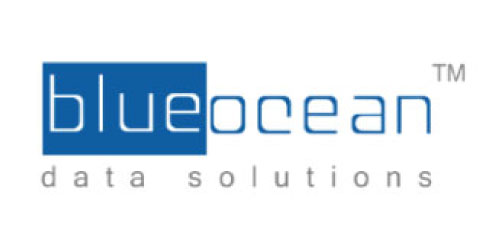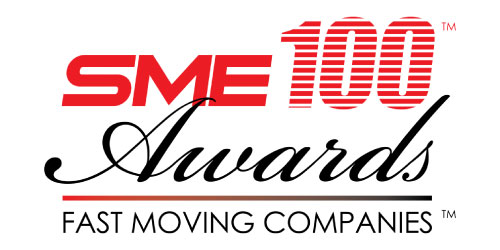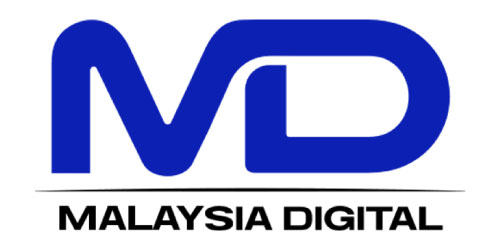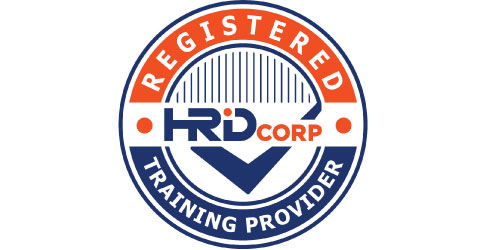Turning Data
Into Profits
Turning Data
Into Profits

Challenges
In discrete manufacturing the work moves through its routing from operation to operation and the Production Order is updated with progress; this could include quality results or sign offs. Job tracking in this environment can be a problem. Even today, frequently, the Production Order is often a printed document (sometimes called a Traveller) that is physically issued to the line and moves with the work.
When there is complex routing through many processes, and many jobs in production. Nobody can see exactly where each job is, how far it has progressed and what is left to do.
Solutions
Blue Ocean job tracking system will help manufacturer to perform the following task :





Blue Ocean Data Solutions is a highly experienced company provides turnkey manufacturing solutions. With more than 10 years of experience serving a large customer base in manufacturing and hands-on expertise in programming, software and statistical data analysis combine with six sigma and lean manufacturing methodology, we assist our clients to solve complicated operation problems – yielding profitability increases and driving service and product delivery excellence.
Company
Contact Us